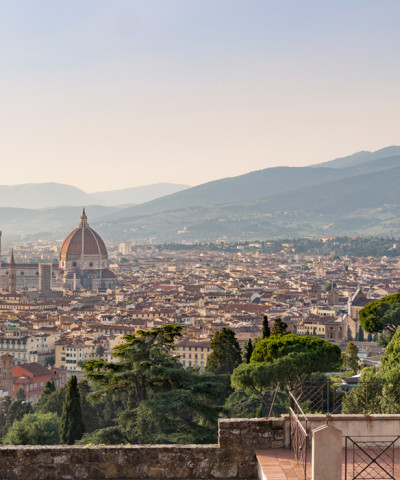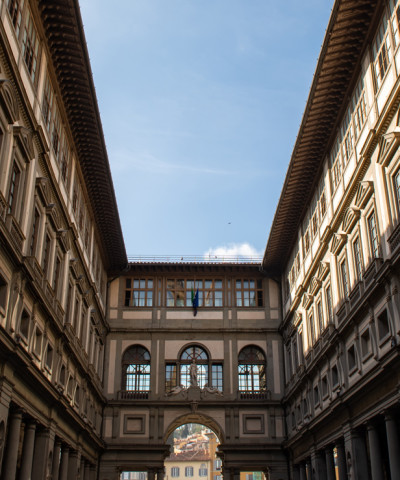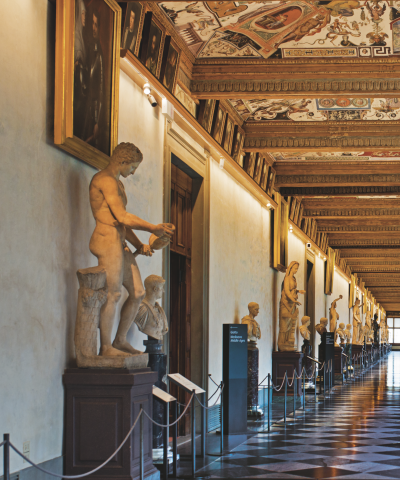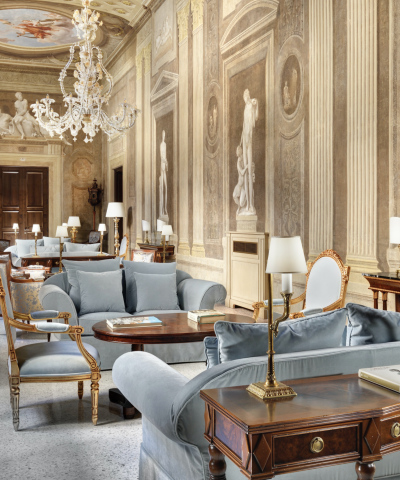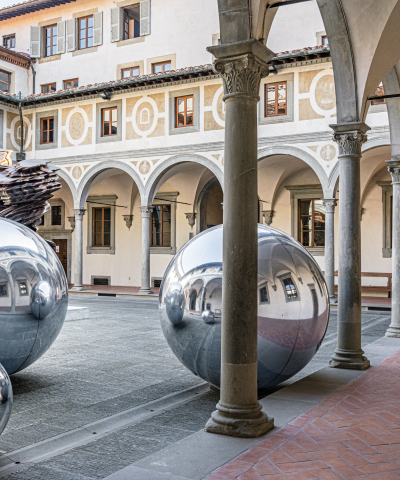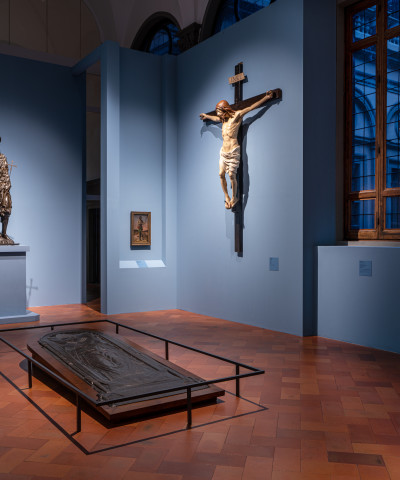The must-see exhibitions in Florence
All the must-see events
All the must-see art events in Florence:
LOUISE BOURGEOIS AT THE NOVECENTO MUSEUM AND THE MUSEUM OF THE INNOCENTI (until 20 October)
Two exhibitions - Do Not Abandon me and Cell XVIII (Portrait) - taking place at Museo Novecento and Museo degli Innocenti. An opportunity to admire almost 100 works by the artist, many of them drawings and gouache paintings on paper, created in the early 2000s, alongside sculptures of various sizes made in fabric, bronze, marble and other materials.
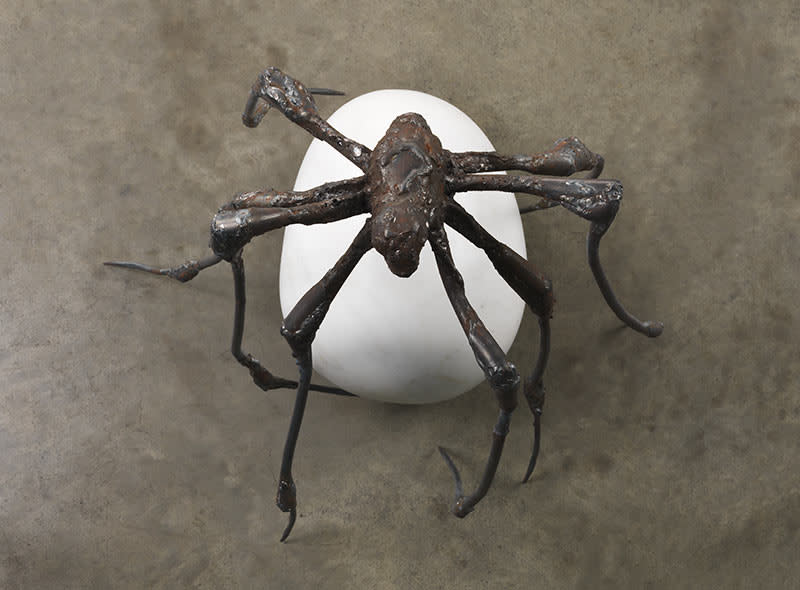 Louise Bourgeois SPIDER, 2000 (photo: Christopher Burke, © The Easton Foundation/Licensed by S.I.A.E., Italy and VAGA at Artists Rights Society (ARS), NY)
Louise Bourgeois SPIDER, 2000 (photo: Christopher Burke, © The Easton Foundation/Licensed by S.I.A.E., Italy and VAGA at Artists Rights Society (ARS), NY)LUDMILLA RADCHENKO'S GREEN REVOLUTION AT THE SAVOY HOTEL (until 30 August)
At the Hotel Savoy the artist Ludmilla Radchenko - in collaboration with the historic Brancacci Art Gallery in Florence - presents Green Revolution, an exhibition that aims to raise awareness of issues such as sustainability and environmental awareness, declined through bright colours and unusual materials, which come together in works representing a bridge between different cultures, to emphasise the importance of a global ecological consciousness. Two separate series Brand Revolution and Reborn Fabrique du Fragrance, both the result of the artist's creative visions using recycled materials including rubber and polystyrene, the latter enhanced by the attribution of the baroque style when reused.
 Ludmilla Radchenko, Kermes d' Attente, 2022 per Green Revolution all'Hotel Savoy, Firenze
Ludmilla Radchenko, Kermes d' Attente, 2022 per Green Revolution all'Hotel Savoy, FirenzeRITORNI. DA MODIGLIANI A MORANDI AT MUSEO NOVECENTO (until 15 september)
The Museo Novecento celebrates its ten-year anniversary since its inauguration in 2014 by hosting "Ritorni: From Modigliani to Morandi" a major exhibition dedicated to the history of one of its most prized collections: the Alberto Della Ragione Collection. Bringing together for the first time around fifteen works by great masters of Italian twentieth-century art. Alongside the legendary Self-Portrait by Modigliani, the exhibition will feature Morandi's Metaphysical Still Life, Carrà's Enchanted Room, and Guttuso's monumental Crucifixion, all invaluable loans of historical and artistic significance from major Italian and foreign museums.
 Autoritratto di Modì
Autoritratto di ModìDANIEL BUREN AT VILLA SAN MICHELE (until 30 September)
Inspired by Villa San Michele, a Renaissance masterpiece and former 15th-century monastery in the hills of Fiesole overlooking Florence, Daniel Buren imagined Sosta colorata, per Villa San Michele, lavoro in situ, 2024. The glass ceiling of the hotel bar, previously a small cloister, becomes Buren's canvas, transforming an area at the heart of the structure into a destination in its own right. Here, travellers can stop and experience the architecture in a new light as the space is enveloped in coloured reflections as the sun passes through. This work links up with Leandro Erlich's Window & Ladder and The Cloud, which have been part of the hotel's permanent collection since the first edition of MITICO in 2022. The installation can be admired by guests and visitors until 30 September 2024.
 Daniel Buren, Sosta colorata per Villa San Michele, lavoro in situ, 2024 (ph. Marco Valmarana - Courtesy of the artist, Galleria Continua and Belmond)
Daniel Buren, Sosta colorata per Villa San Michele, lavoro in situ, 2024 (ph. Marco Valmarana - Courtesy of the artist, Galleria Continua and Belmond)L'INCANTO DI ORFEO AT PALAZZO MEDICI RICCARDI (until 8 September)
Entitled L'incanto di Orfeo (The Enchantment of Orpheus), curated by Sergio Risaliti and Valentina Zucchi, this major exhibition at Palazzo Medici Riccardi will host 80 works of art dedicated to the key figure of Greek mythology, ranging from antiquity to some previously unseen works by great contemporary artists. Works by Titian and Rembrandt, De Chirico and Feuerbach can be admired among the works on display, which come from prestigious Italian and international cultural institutions. Starting with the emblematic presence of Baccio Bandinelli's statue of Orpheus in the main courtyard of Palazzo Medici Riccardi and the resonance of the myth in Renaissance, modern and contemporary civilisation, the exhibition project is dedicated to the centuries-old relationship between art, music, poetry and philosophy. The figurative works will be juxtaposed with codices and original printed volumes of classical and modern texts, as well as works in music inspired by the myth of Orpheus.
 Baccio Bandinelli, Orfeo che incanta cerbero Palazzo Medici Riccardi (ph. Antonio Quattrone, Courtesy MUS.E)
Baccio Bandinelli, Orfeo che incanta cerbero Palazzo Medici Riccardi (ph. Antonio Quattrone, Courtesy MUS.E)DRUID AL GALLERY HOTEL ART (fino al 6 ottobre)
The spaces of Gallery Hotel Art host artist Emanuele Napolitano, aka Druid, with his first solo exhibition in Florence entitled And still they don't believe it, curated by Valentina Ciarallo. For the spaces of Gallery Hotel Art, Druid presents an entirely original project, composed of a large number of new works, such as the series of paintings dedicated to the twelve signs of the zodiac. A horoscope in images where symbols and faces are reflected in an evocative dualism of colors and silhouettes. Each painting is accompanied by the prediction about individual destiny, expressly formulated by the artist.
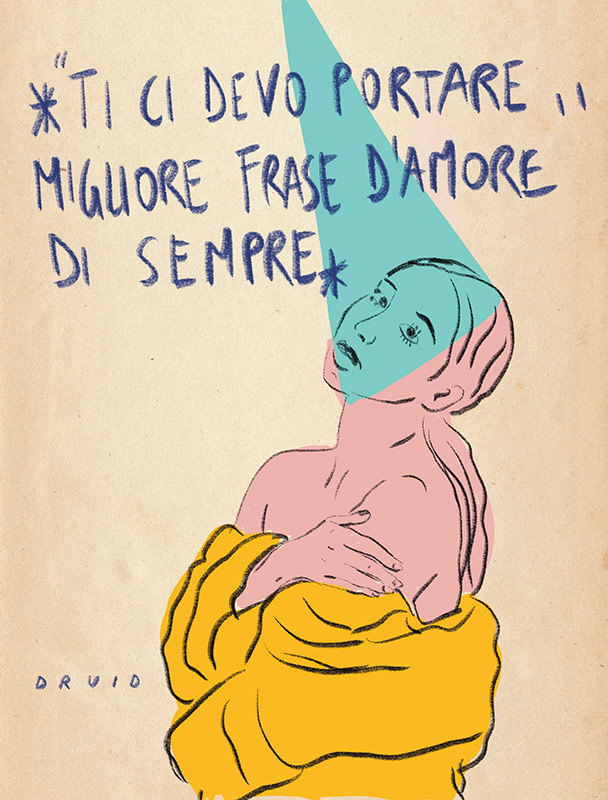 Druid, Ti ci devo portare (Courtesy l’artista)
Druid, Ti ci devo portare (Courtesy l’artista)









